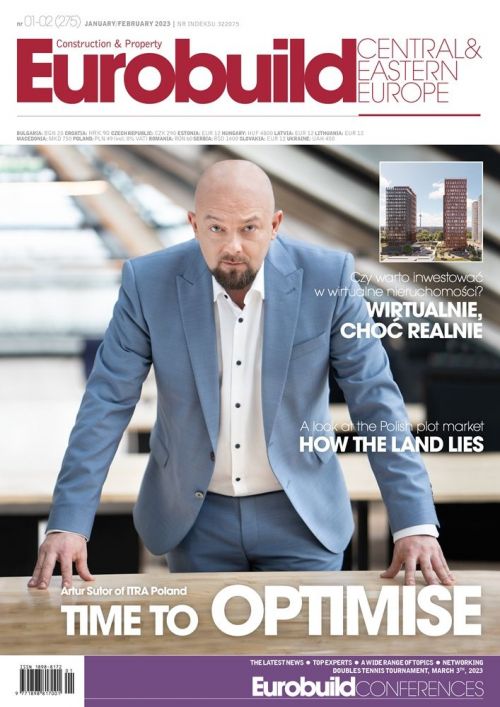According to Cushman & Wakefield, 8,600 apartments are currently being offered for rent by institutional investors in Poland, while a further 15,000 are under construction. These can be found in Poland’s largest cities as well as in the Silesian conurbation. As Michał Gruza, a lawyer on the real estate and construction team at CMS, tells us, the first PRS developments in the country were built next to offices and tourist destinations. “This is understandable. In the initial stage, rental apartments were a niche product. They were often exclusive and targeted at business clients. Investors, meanwhile, were considering various options for commercialising them and separating them into long-term and short-term rentals,” he recalls. However, as time passed, investors began to see the potential of other districts in cities, although they still needed to fulfil a host of requirements in order to attract the necessary capital. “One such requirement for both investo































































